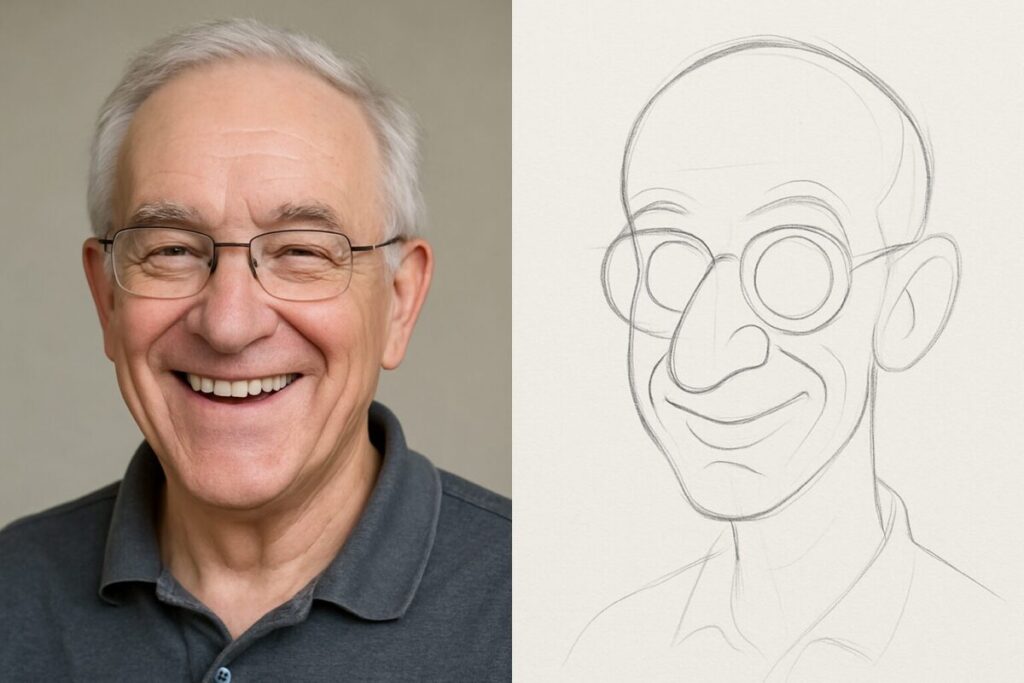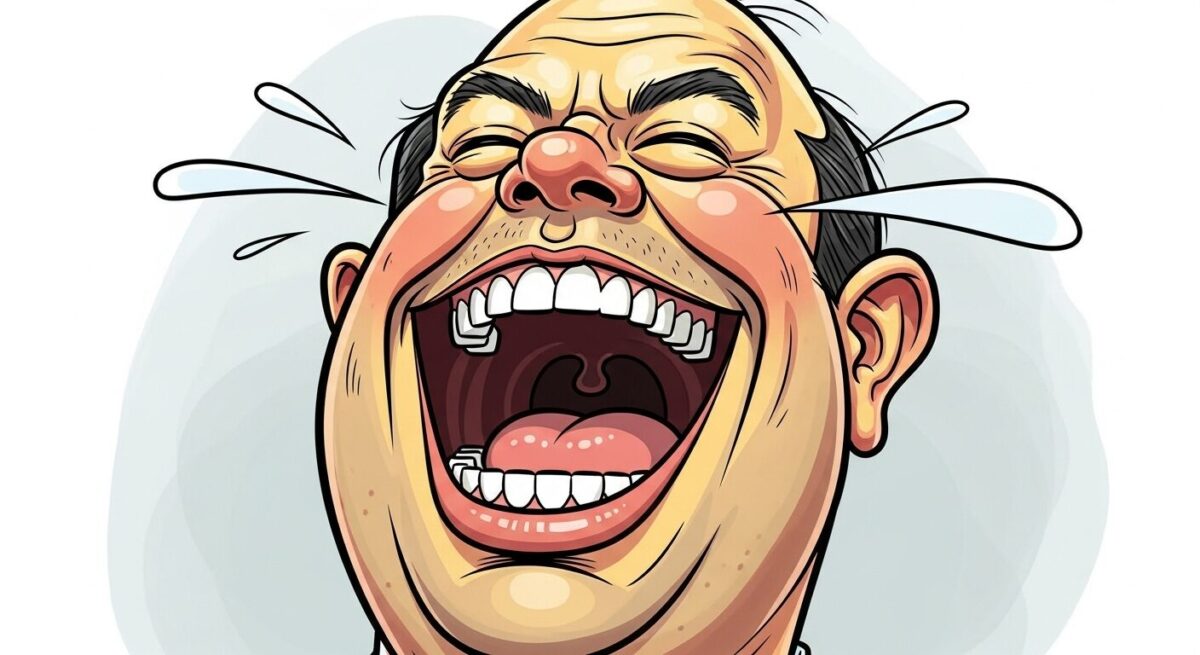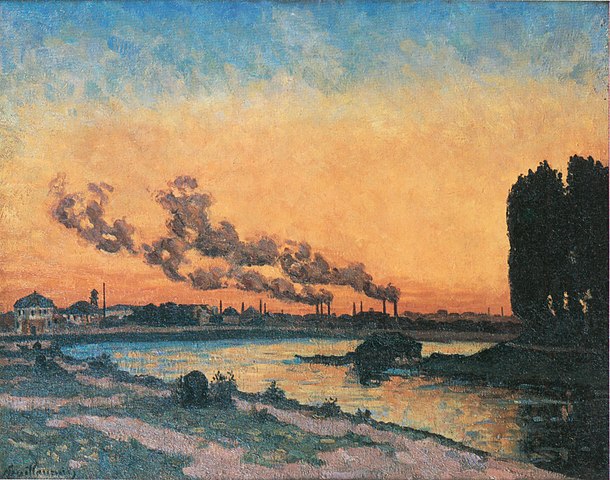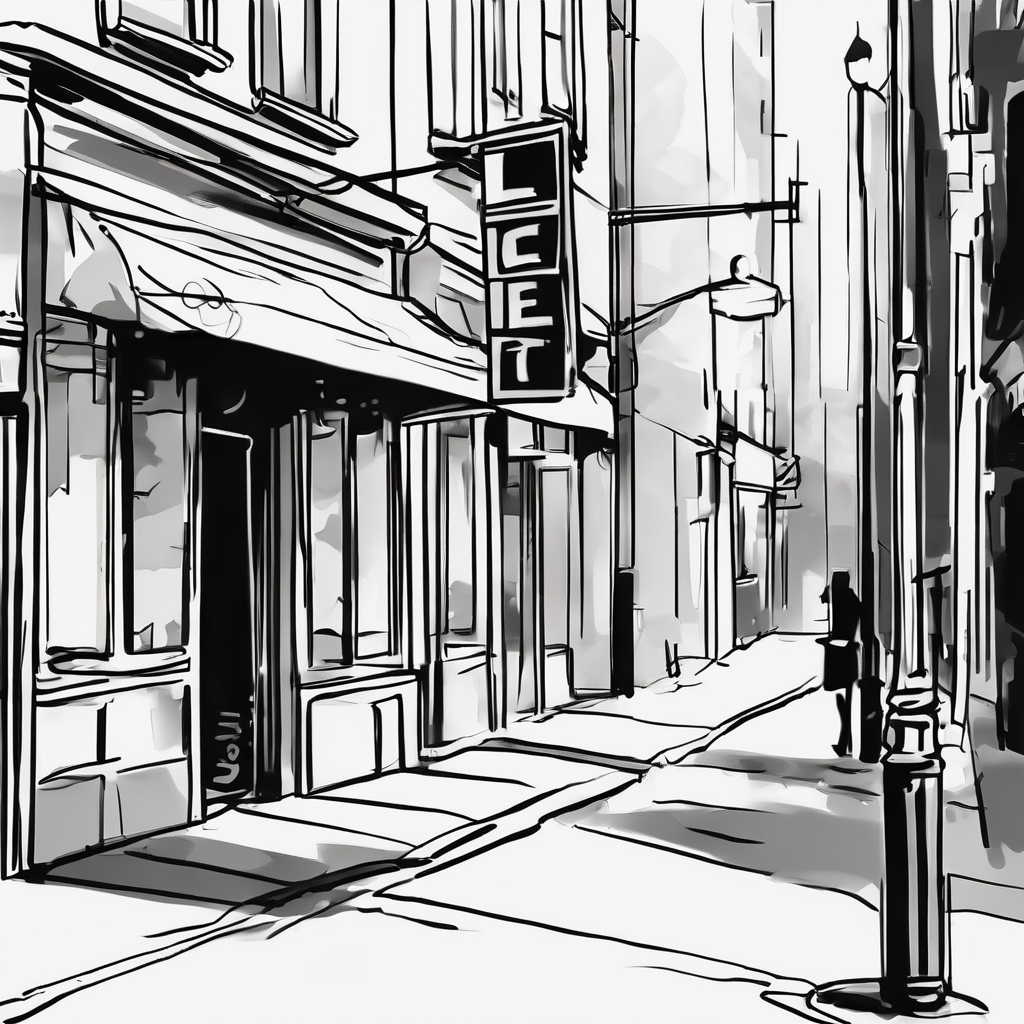Have you ever wondered how artists create those super funny drawings that look just like someone, but with their features hilariously stretched or shrunk? That’s the magic of caricature drawing techniques! It’s an art form that takes a real person and makes them look even more like themselves by playing up their unique traits. Imagine your friend with their biggest smile made even wider, or their glasses made even more noticeable – that’s the idea! It’s a fantastic way to capture a person’s spirit and make everyone chuckle. This guide will walk you through the exciting world of caricature, from spotting key features to bringing your funny portraits to life.

Key Point Summary:
- Caricature drawing is about exaggerating a person’s unique features while keeping them recognizable.
- The core principles are keen observation, smart exaggeration, and simplification.
- Start by identifying the overall “big shape” of the head and how it differs from a regular oval.
- Focus on exaggerating the most distinctive features like the nose, eyes, mouth, or chin.
- Practice sketching and drawing from life or photos to improve your observational skills.
- Both traditional and digital tools can be used to create amazing caricatures.
What Exactly is Caricature Drawing? It’s All About the “Load”!

The word “caricature” comes from the Italian word “caricare,” which means “to load” or “to exaggerate.” So, when you’re doing caricature drawing, you’re basically “loading up” certain features to make them stand out. But here’s the trick: it’s not just random stretching. A good caricature artist knows exactly which features to make bigger, smaller, longer, or wackier to create a drawing that’s both funny and instantly recognizable. It’s like turning up the volume on someone’s most noticeable qualities, making them pop in a humorous way.
Think of it as a playful way to capture someone’s personality on paper. It’s a form of art that can be used for entertainment, social commentary, or just to make someone smile.
The Core Principles: How to See Like a Caricature Artist
Before you even pick up a pencil, the most important step in caricature drawing is learning to see. It’s not about drawing what you think you see, but what you really see, and then figuring out what makes that person unique.
- Observation is Key: This is the superpower of a caricature artist. You need to really look at a person. What’s the first thing you notice about their face? Is their nose particularly long, their eyes unusually close together, or do they have a very distinct jawline? Pay attention to the overall shape of their head, too. Is it round, long, square, or pear-shaped? These initial observations are your starting points.
- Exaggeration – The Fun Part! Once you’ve observed, it’s time to exaggerate. This is where the humor comes in. If someone has a slightly pointy chin, make it super pointy! If their ears stick out a little, make them really big. The goal is to amplify what’s already there, not invent something completely new. The best exaggerations feel natural, even though they’re over-the-top.
- Simplification – Less is More: You don’t need to draw every single wrinkle or hair. Caricature often involves simplifying details to focus on the exaggerated features. This makes the drawing clearer and the humor more direct. It’s about getting to the essence of the person with fewer lines.
- Maintaining Likeness – Still Recognizable: This is crucial. Even with all the exaggeration, the person must still be recognizable. If your drawing is funny but nobody can tell who it is, then it hasn’t quite hit the mark. The balance between exaggeration and likeness is what makes a caricature successful.
Step-by-Step: Your First Caricature Drawing Adventure!
Ready to give it a try? Here’s a simple guide to get you started on your caricature drawing journey.
1. Gather Your Tools
You don’t need fancy supplies!
- Pencil: A regular pencil (HB or 2B is good)
- Eraser: To fix mistakes (everyone makes them!)
- Paper: Any plain paper will do.
- Optional: Colored pencils, markers, or a digital drawing tablet if you prefer.
2. Choose Your Subject
Start with someone you know well, like a family member, a friend, or even yourself! Using a photo can be helpful, as they won’t move around. Look for a photo where their personality shines through.
3. Find the “Big Shape” of the Head
Don’t start with small details. First, lightly sketch the overall shape of their head. Is it more like a circle, an egg, a square, or maybe even a triangle? This “big shape” is your foundation. For example, some people have very round faces, while others have long, narrow ones.
4. Identify the Most Unique Features
Now, zoom in. What are the one or two features that really stand out?
- Nose: Is it long, short, wide, pointy, button-like?
- Eyes: Are they big, small, close-set, wide-set, squinty, round?
- Mouth/Lips: Thin, full, wide, narrow, a particular smile?
- Chin/Jaw: Strong, weak, pointy, double chin?
- Ears: Big, small, stick out, lie flat?
- Hair: Bushy, spiky, bald, a specific hairstyle?
Pick the most dominant feature – this will be your starting point for exaggeration.
5. Exaggerate with Confidence!
This is where you have fun!
- If the nose is long, draw it really long.
- If the eyes are small, make them tiny dots.
- If the chin is strong, draw it extra square and jutting out.
- Remember to keep the other features relatively normal or only slightly exaggerated so the main exaggerated feature really pops.
“The aim of art is to represent not the outward appearance of things, but their inward significance.”
Aristotle
This quote, though ancient, perfectly captures the essence of caricature. It’s not just about drawing what’s on the surface; it’s about revealing a deeper truth or a funnier aspect of a person’s character.
6. Add Personality and Expression
A caricature isn’t just about features; it’s about personality.
- Does your subject often smile a certain way? Exaggerate that smile!
- Do they have a signature grumpy look? Lean into it.
- Consider their common expressions and try to capture that feeling in your drawing.
7. Finish with Lines and Shading
Once you have the basic exaggerated shape and features, you can refine your lines. Make them cleaner and bolder. You can also add some simple shading to give your caricature more depth and make it look more finished. Don’t worry about perfect realism; just enough shading to make the features stand out. If you’re looking to master visual depth, we have a great article on “The Complete Guide to Light and Shadow.“
Tools of the Trade: Traditional vs. Digital Caricature
Caricature drawing can be done with almost any art material!


- Traditional Tools:
- Pencils: Great for sketching and detailed lines.
- Pens/Markers: Offer bold lines and can be used for quick sketches.
- Charcoal/Pastels: Good for softer lines and expressive shading.
- Watercolor/Ink: Can add color and a fluid feel.Many artists love the tactile feel of traditional media. You can explore a “Complete Guide to Types of Painting” to see how different mediums can be used.
- Digital Tools:
- Drawing Tablets & Software: Programs like Photoshop, Procreate, or Clip Studio Paint offer endless possibilities. You can easily undo mistakes, experiment with colors, and create smooth lines. Digital tools are fantastic for quick edits and sharing your work online.If you’re interested in blending traditional and digital, you might enjoy our “AI Art Prompt Engineering” which explores how technology is influencing art.
Why Do We Love Caricatures So Much? The Psychology of the Laugh
There’s something deeply satisfying about a good caricature. But why do they make us laugh or nod in agreement?
- Recognition and Surprise: We recognize the person, but we’re surprised by the exaggerated features. This unexpected twist creates humor.
- Shared Observation: A good caricature often highlights something many people have already noticed about a person, creating a shared moment of “Aha!” or “Yes, that’s so true!”
- Playfulness: Caricature is inherently playful. It takes something serious (a person’s appearance) and makes it lighthearted.
- Social Commentary (Sometimes): Historically, and still today, caricatures are used to make fun of politicians or social issues. The exaggeration helps to highlight flaws or make a strong point in a memorable way.
Table: Exaggeration Spotlight – Common Features and How to Play Them Up
| Feature | Common Trait to Observe | Exaggeration Idea 1 (Size) | Exaggeration Idea 2 (Shape/Direction) |
| Nose | Long, short, wide, pointy | Make it incredibly long or tiny | Turn it into a hook, a button, a triangle |
| Eyes | Large, small, close-set, wide-set | Make them huge or tiny slits | Give them a surprised, squinty, or sleepy look |
| Mouth | Thin lips, full lips, wide smile | Make it extra wide, or a tiny pucker | A giant grin, a downturned frown, a perfect circle |
| Chin | Pointy, square, round, receding | Make it super sharp or very round | Extend it far out, or make it disappear |
| Ears | Stick out, small, large | Make them enormous or barely visible | Turn them into wings, spirals, or tiny buttons |
| Hair | Bushy, spiky, receding hairline | Make it a giant cloud or a single strand | Give it gravity-defying spikes, or a perfectly flat comb-over |
Practice Makes Perfect!
Like any skill, caricature drawing gets better with practice. Don’t be afraid to experiment and make “mistakes” – they’re just learning opportunities! Try drawing different people, focusing on different features each time. You’ll soon develop your own unique style and a keen eye for what makes each face special. If you’re looking for ways to improve your overall artistic abilities, this article offers valuable insights in “Improve Your Art Skills.” For more creative ideas, check out “Easy Expressive Art Techniques“. >> Discover famous caricature artists.
Frequently Asked Questions about Caricature Drawing Techniques

Q: What is the first step in drawing a caricature?
A: The very first step in drawing a caricature is keen observation. You need to carefully look at your subject and identify their most distinctive or unique features – the ones that immediately stand out. This will give you the foundation for your exaggerations.
Q: How do you make a caricature recognizable even with exaggeration?
A: To keep a caricature recognizable, you need to find the right balance between exaggeration and likeness. Focus on exaggerating only a few key features that are truly unique to the person, while keeping the overall structure and other less prominent features somewhat true to life. The “big shape” of the head is also crucial for maintaining likeness.
Q: What are the best tools for caricature drawing?
A: The best tools depend on your preference! For traditional drawing, pencils (HB, 2B), pens, markers, and even charcoal are popular. For digital drawing, a drawing tablet and software like Procreate, Photoshop, or Clip Studio Paint are excellent choices. Ultimately, the best tool is the one you’re most comfortable with.
Q: Is caricature drawing difficult for beginners?
A: Caricature drawing can seem tricky at first because it requires a different way of seeing and thinking about faces. However, with practice and by focusing on the core principles of observation and selective exaggeration, beginners can absolutely learn and enjoy creating caricatures. Start with simple subjects and don’t be afraid to experiment!
Q: Can caricature be used for serious purposes?
A: Yes, absolutely! While often associated with humor, caricature has a long history of being used for serious purposes, especially in political satire and social commentary. By exaggerating features or situations, artists can highlight flaws, criticize policies, or make strong statements in a memorable and impactful way.
Resources
- The Art of Caricature: History, Techniques, and Styles. Learn more about the evolution and methods of caricature art. Number Analytics
- How to Draw Caricatures: The 5 Shapes by Tom Richmond. Explore fundamental caricature drawing techniques, including the crucial concept of “big shapes.” Tom Richmond Illustration
- A Caricaturist’s Handbook: How to Draw Caricatures and Master Exaggeration. This resource offers practical insights into the techniques and principles of caricature, focusing on observation and exaggeration.
- Proko.com Caricature Tutorials. Access comprehensive step-by-step video tutorials on caricature drawing, covering various concepts and processes. Proko Art of Caricature Course
- The Psychology of Humor: An Integrative Approach by Rod A. Martin. Delve into the psychological theories behind humor and laughter, and how they relate to exaggeration and unexpected twists in art. Google Books
- Drawing the Line: Using Cartoons as Historical Evidence. Understand the historical use and impact of caricature in social and political commentary. ResearchGate



